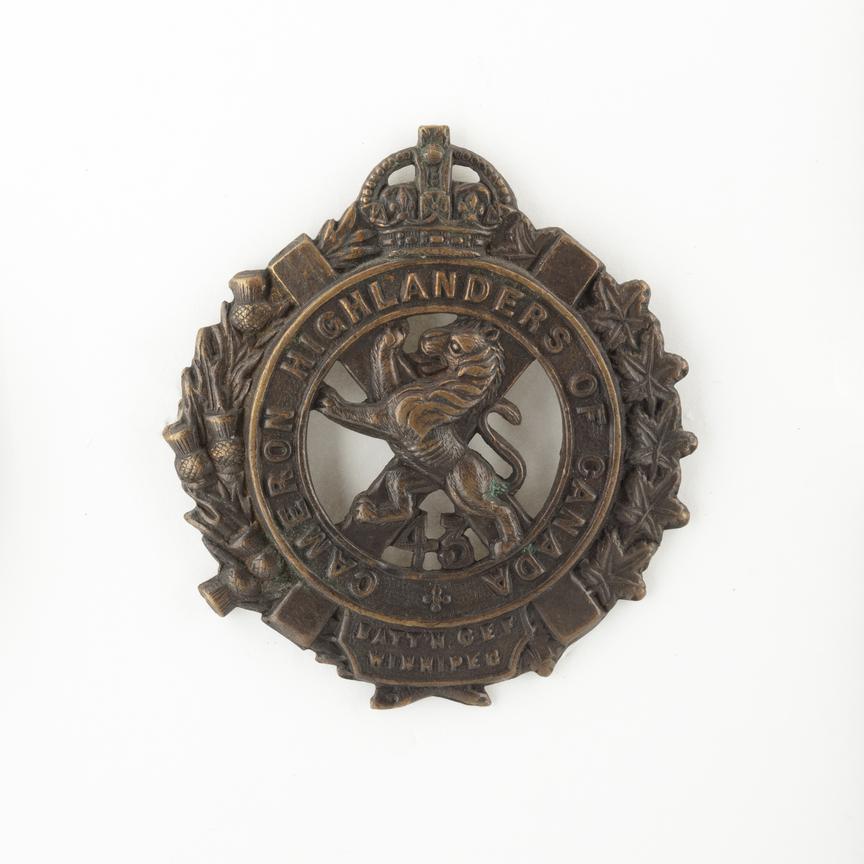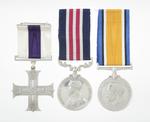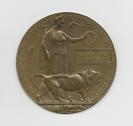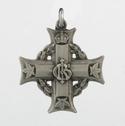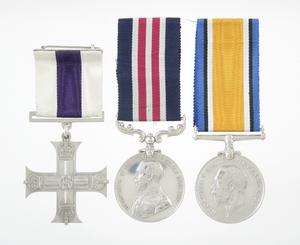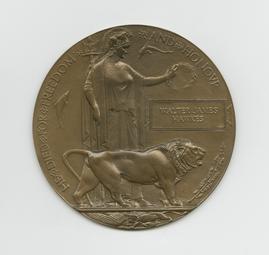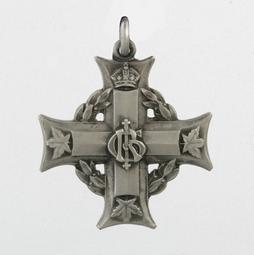Unit
43rd Canadian Infantry Battalion (Cameron Highlanders of Canada)
Branch
Infantry
Service Component
Canadian Expeditionary Force
Service Number
859440
birth
1891/04/26
Balgonie, Saskatchewan, Canada
death
1918/09/05
France
grave
Terlincthun British Cemetery, Wimille, France
Gender
Male
Walter James Hawkes was born in Balgonie, Saskatchewan, on 26 April 1891 (some records say 1892). He was the fourth of J. B. and Marion Hawkes’ six children.
A farmer, Hawkes enlisted in the 179th Canadian Infantry Battalion (Cameron Highlanders of Canada) in Winnipeg, Manitoba, on 2 December 1915. At the time of his enlistment, he was married to Elizabeth Ann Hawkes. While completing his basic training in Canada, Hawkes was granted crop planting leave in April and May 1916, to allow him to plant crops on his farm.
On 4 October 1916, Hawkes sailed to England on SS Saxonia, embarking in Halifax, Nova Scotia. He arrived in Liverpool on 13 October and, four days later, was appointed an acting corporal. Soon after, he was transferred to the 17th Reserve Battalion in preparation for service in France. In November, he was transferred to the 43rd Canadian Infantry Battalion (Cameron Highlanders of Canada) as a reinforcement. He joined the unit in the field, in France, on 1 December 1916.
On 18 March 1917, Hawkes was hospitalized with a skin inflammation and nervous debility (neurotic depression). When he rejoined his unit, on 24 April 1917, he was promoted to corporal.
Hawkes was awarded the Military Medal on 17 September 1917 for acts of bravery while conducting scouting missions on the morning and evening of 28 June 1917, when the 43rd Battalion was taking Avion Trench, near Avion, France. Shortly after, he travelled to England for officer training, becoming a lieutenant in January 1918. He rejoined the 43rd Battalion in France in May 1918.
On 27 August 1918, during the Hundred Days Offensive, Hawkes was severely wounded in the back and the right leg by shrapnel from a German shell while taking part in operations near Vis-en-Artois. He died from his wounds at No. 14 General Hospital in Wimereux, France, on 5 September 1918. On 11 January 1919, Hawkes was posthumously awarded the Military Cross for leading a successful attack on an enemy position in which a number of prisoners were taken.
Walter James Hawkes is buried in Terlincthun British Cemetery, Wimille, France.
Military Cross
“He was in charge of a platoon during an attack. In the thickness of the fog his platoon was separated from the remainder of the company, and came under heavy machine gun and rifle fire. He displayed the greatest coolness and courage in leading his men forward, and succeeded in putting out of action the enemy's machine guns and infantry. Later on his platoon came under direct fire of an enemy battery. This he silenced, capturing three officers and thirty-seven men. His conduct materially helped in the success of the operation.”
– London Gazette, 10 January 1919, Supplement 31119
Military Medal
“On the morning of the 28th June after the attack on Avion Trench when the situation on the Battn frontage was vague and patchy, owing to lack of communication he, with one other Scout proceeded over land in daylight under shell fire determined the connection with the Bn. on the right flank, and returned with important information regarding the situation and disposition of our forces in the captured trench. On the evening of the 28th he accomplished a fighting patrol which moved out from Avion Trench towards the village of Avion, until the patrol was stopped by M.G. and rifle fire.”
– Canada, Military Honours and Awards Citation Cards, 1900–1961

